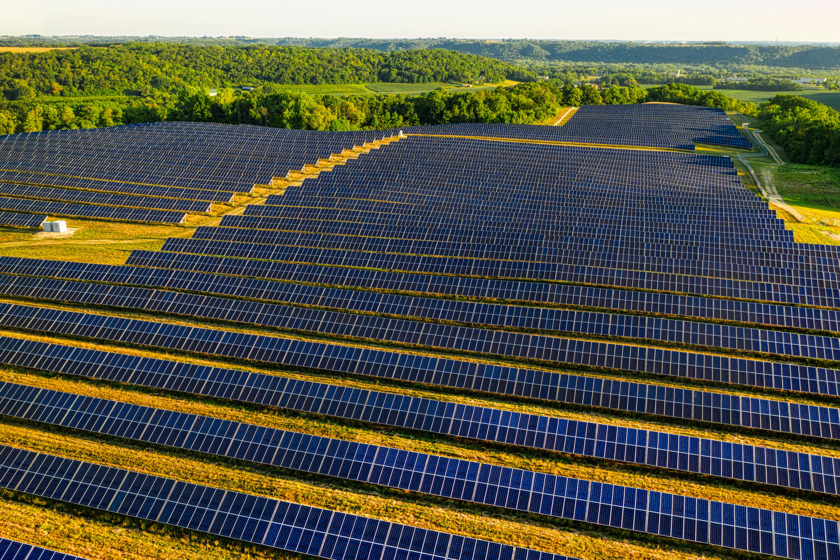Drones that never need to land to recharge their batteries? Or military equipment powered without the slightest electric cable? This is exactly what the DARPA (Defense Advanced Research Projects Agency) has just demonstrated during spectacular trials at New Mexico.
Drones without limit of autonomy
The American military research agency has managed to transmit more than 800 watts of power over a distance of 8.6 kilometers, only thanks to a laser beam. To give an idea, it is enough to supply a small refrigerator, lighting or all the electronic equipment of a motorhome. For 30 seconds, the energy has traveled in the air without any physical support.
The team even had fun doing popcorn with the electricity received, a nod to the film Real Genius where students divert a military laser. “” There is no doubt that we have completely pulverized all the previous demonstrations », Enthuses Paul Jaffe, head of the Power program. The previous record? Only 230 watts over 1.7 kilometers.
This technology may well change the situation for military equipment. No need to bother with power cables hanging out everywhere, no more dry breakdown at the wrong time, and above all, no more autonomy limits for drones. The latter could theoretically fly indefinitely, continuously fed by laser stations on the ground.
The system tested, called Prad, works with a compact receiver developed by Teravec Technologies. The principle is simple: the laser beam arrives on a specially designed opening, strikes a parabolic mirror inside, then goes to dozens of photovoltaic cells which convert the light into electricity. All without losing too much energy on the way.
« It is much easier to send a beam up or down than in the horizontally, because there is less atmosphere to cross. We wanted to test in the worst conditions “Explains Paul Jaffe. And obviously, it even works in these difficult conditions. This technology could upset military logistics. No need to convey fuel to remote areas at the risk of being spotted, no more noisy generators that betray the positions. A simple laser beam is enough to supply equipment remotely.
For the moment, efficiency is not optimal: only 20 % of laser energy is converted into electricity over short distances, and even less over 8.6 kilometers. But Paul Jaffe remains optimistic: ” We made compromises on the components to go fast. Future receivers will use specialized photovoltaic cells that can double or triple efficiency. »
DARPA now prepares phase 2 of the program, which aims to test vertical transmission and relay systems. The idea is to create a real wireless energy distribution network.
🟣 To not miss any news on the Geek newspaper, subscribe to Google News and on our WhatsApp. And if you love us, .












